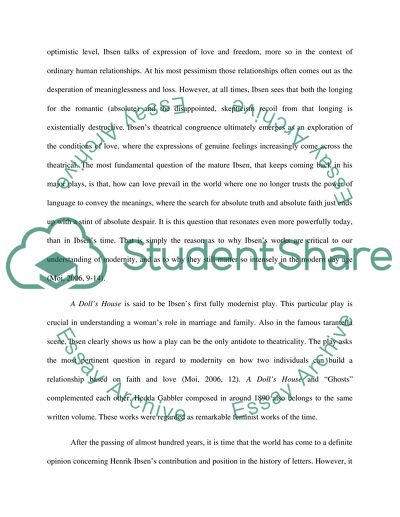Cite this document
(“Contribution of Henrik Ibsen to Classic and Modern Literature Essay”, n.d.)
Retrieved from https://studentshare.org/literature/1453497-henrik-ibsen
Retrieved from https://studentshare.org/literature/1453497-henrik-ibsen
(Contribution of Henrik Ibsen to Classic and Modern Literature Essay)
https://studentshare.org/literature/1453497-henrik-ibsen.
https://studentshare.org/literature/1453497-henrik-ibsen.
“Contribution of Henrik Ibsen to Classic and Modern Literature Essay”, n.d. https://studentshare.org/literature/1453497-henrik-ibsen.


